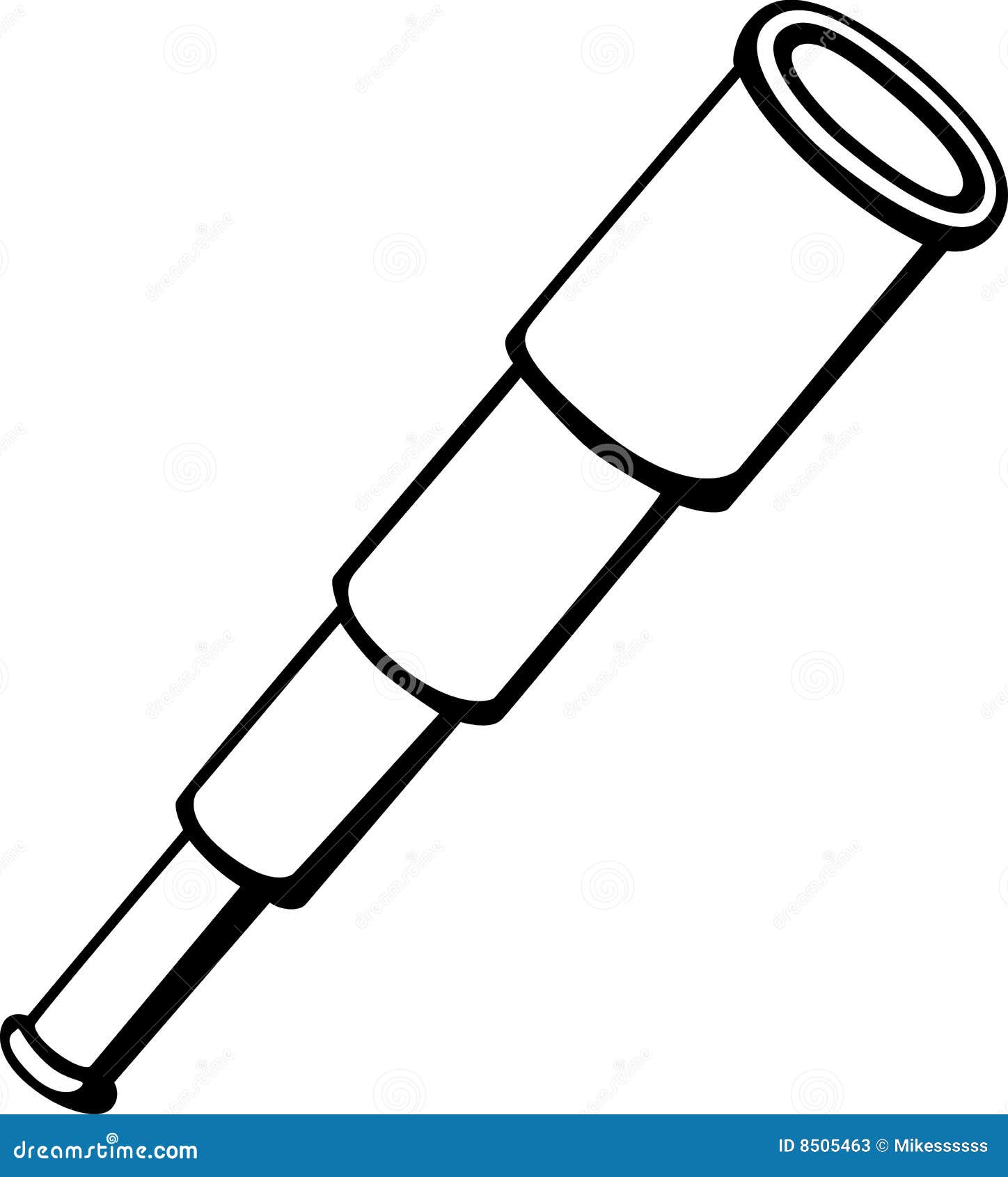
Its name derives from the fact that both faces of the lens have been ground and polished to give a convex shape. In figure 1 you can see that the biconvex lens is a positive lens. Such lenses are called POSITIVE LENSES because they have a positive effect upon the size of text seen through them. If you look at a page of text through such a lens the text will appear bigger and closer than without the lens. Lenses that are thicker at the middle than at the edge can be used as magnifying glasses. You can ignore this long section of text if your interest is confined to astronomy. Once we have dealt with the astronomical telescope we shall describe the theory and practice of building a TERRESTRIAL telescope – a telescope that gives a view that is the right way up and the right way round.
Large telescope drawing cut out how to#
We shall describe first the straight-through astronomical telescope and then we shall describe briefly how to build a right-angle telescope (an elbow telescope) which can be more convenient for looking at objects that are high in the sky. We will describe how to design and build an ASTRONOMICAL telescope, which is the simplest type of telescope to build it gives a view that is upside down and back-to-front. We shall not describe the REFLECTING telescope because that type of telescope gathers light by means of a hollow-curved mirror. We shall describe how to design and build a REFRACTING telescope – one that gathers light by means of a lens at its front end. In these pages of text we are going to describe the types of glass lenses that you would most frequently encounter and we will explain how they affect light that shines through them.

Glasses of varying dispersive power – a solution to chromatic aberration at last.White light and dispersion – chromatic aberration.Refraction as light passes through a lens.Does it matter which way round I use a lens?.


 0 kommentar(er)
0 kommentar(er)
